|
I wanted to share a few tips that I have gained over the years on the restoration, cleaning and caring of vintage corkscrews, but first a few suggestions on what to avoid:
General Tips"Restoration" isn't for every corkscrew. A Lot of times it's better to leave the patina as is, but sometimes you come across a piece in which attempting to repair or modify it can only make it better. Often the easiest and least invasive step is to simply clean the item with a slightly damp cloth and warm water. Many of the corkscrews in our collection are over 100 years old and have been used for many years resulting in a coating of grime which can easily be removed with some light cleaning. Sterling silver end caps are fairly common on vintage corkscrews and should be polished regularly with silver polish using a cotton cloth. Renaissance Wax is your best friend and a small jar will last you a lifetime. This product is a microcrystalline wax which was produced for museum use and can be used on pretty much any material. Apply a small amount using a clean cotton cloth then buff to a fine finish. Renaissance Wax will protect all materials from both air and moisture which can cause both tarnishing of silver as well as rust. Finally super glue; what would we do without superglue? The magical concoction which keeps parts from wiggling. Always use sparingly and try not to let it show. You can always use pure acetone to dilute and remove excess super glue. Below you will find a picture of a corkscrew I purchased on Ebay. The first picture is from the listing. This corkscrew was so dirty that I thought it had a crack extending from where the shank connected to the handle. The second picture shows the same corkscrew after going through the general cleaning and restoration steps above. Sterling SilverI'm a firm believer in keeping your Sterling polished. This can be accomplished by using regular store bought silver polish. I would avoid the types in which you have to submerge the silver into water as many corkscrews with Sterling silver include other materials which need to be kept dry (ex: stag horn). The brand that I have found works best is Weiman Silver Polish. WoodWood, like most materials needs to be stored in certain conditions. When I talk about wood handles, I'm mainly speaking of the older varieties of lathe turned hardwoods. These tend to dry out over time. Sometimes you will come across examples that have cracked due to the environment they have been stored in. Once cracked, it's doubtful that it will ever be the same, but you can polish up the wood and help to protect it at the same time by polishing wood handles using linseed oil. This will return some of the luster to the wood and help to keep the necessary moisture content which will help to prevent future cracking. Ivory/BoneIvory and other similar polished bone handles are very porous so you must be very careful when cleaning these materials. Renaissance Wax is an excellent product for both polishing and protecting this type of material. Stag HornStag horn is a very common material of vintage corkscrews. Unlike the other materials listed here, you should take particular caution when cleaning stag horn as it is probably the most porous material listed here. It can be cleaned with warm water and a damp cloth. Be careful not to soak the horn or get it too wet. Bent TipsOccasionally you'll find a corkscrew with a slight bend in the helix. These can SOMETIMES be corrected using a set of pliers and some force. I'm mainly speaking of corkscrews where the tip is slightly bent out of place. If the helix has multiple bends throughout it then you're screwed. Be very careful and only use as much pressure as is needed as too much pressure may snap the tip off. If you're on the fence on whether or not to try to fix it, why not, it's already "broken" so there's not much more you can do to hurt it. Rust RemovalRust may be one of the most common problems that collectors face. One of the best rust removal methods that I have found is simply to use tin foil and water. This works especially well on chrome/nickel plated surfaces. Because the aluminum is a softer metal, it leaves few scratches and acts as a good buffing agent. Take a look at the Yankee No. 1 bar screw that I got for a good price on a Buy- it-now. As you can see, it had a lot of surface rust and pitting as well as grease and grime when I bought it. Using only aluminum foil, water, and some scrubbing it looks much better.
A Restoration ExampleI purchased the springbok corkscrew below from a seller in Puerto Rico. It almost looks as though it had been sitting in an open window next to the sea for decades, but it is the perfect example to show the results of some of the techniques listed above. As you can see, the helix is completely covered in rust, the Sterling silver end caps are extremely tarnished, and the springbok horn itself is very dry and faded. After a lot of polishing, the Sterling silver end caps are bright and clean again. I also cleaned the horn using warm water. After applying 3 coats of oil to the horn. It's important to let the oil soak into the horn, especially when it is as dried out as this example was. Restoration in progress. More updates to come.
1 Comment
8/9/2022 07:32:06 pm
Thanks. I’m a novice. Have a Schlitz corkscrew with a smeared/dirty handle that hides the letters. Not sure if a warm water wash will help or hurt.
Reply
Leave a Reply. |
James ZalaznikI'm constantly adding new corkscrews to my collection. Any new finds as well as articles which may be of interest to corkscrew collectors will be posted here. Archives
May 2024
Categories |
| CorkscrewCollectors.com |
CorkscrewCollectors.com © 2024
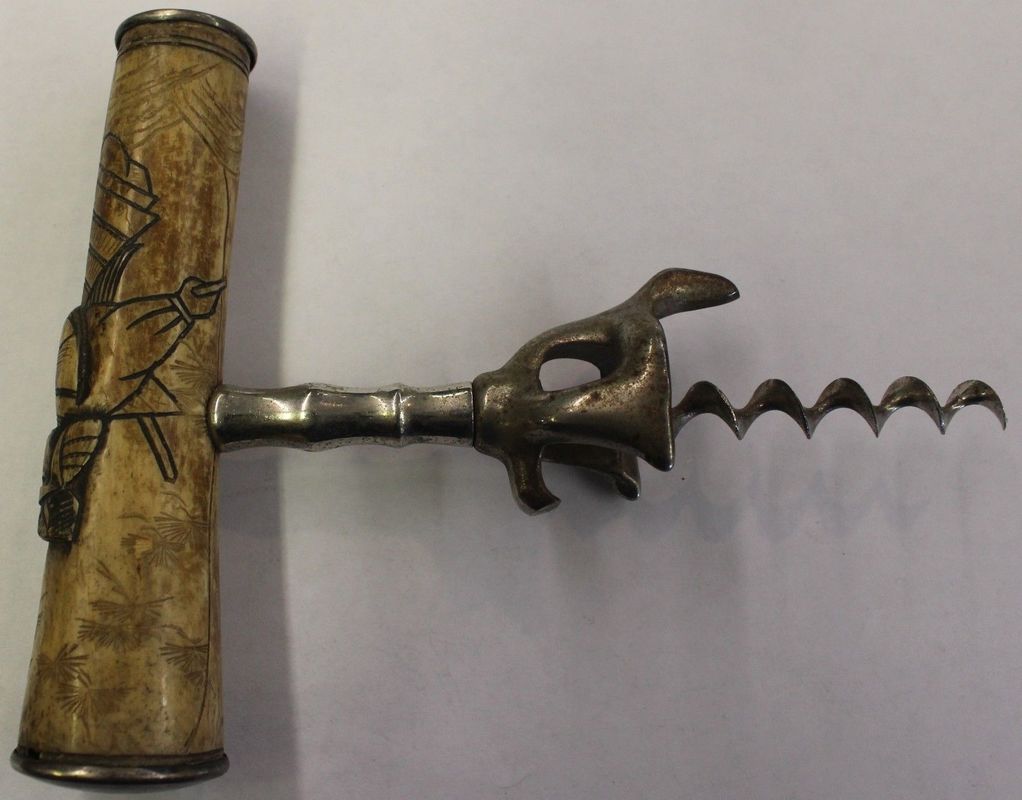
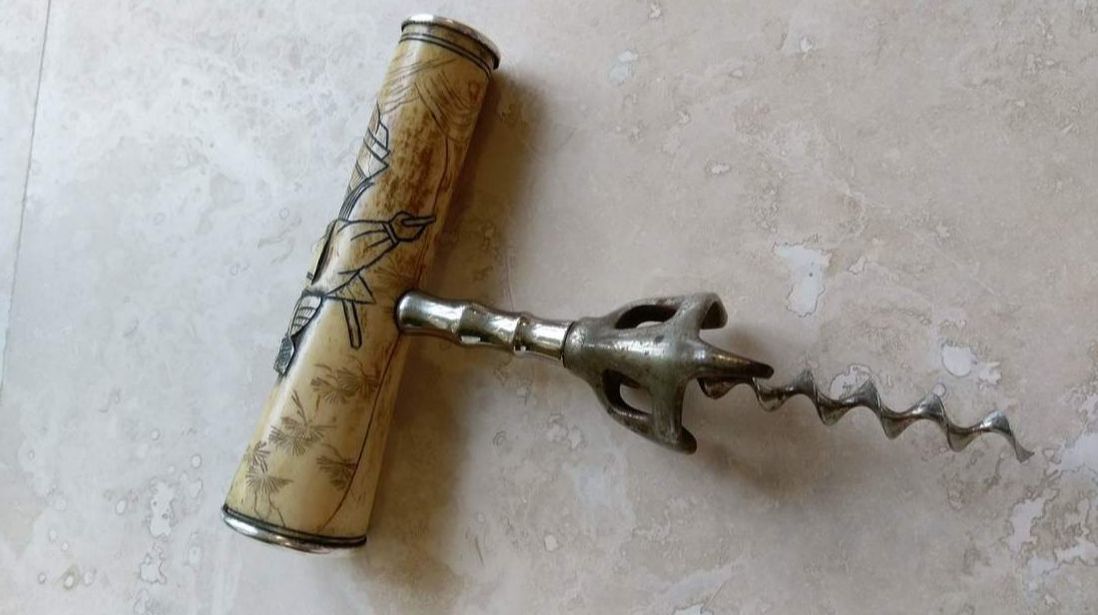
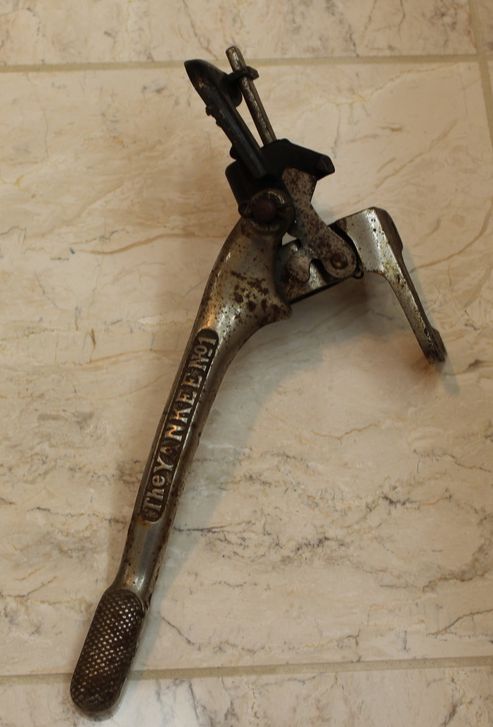
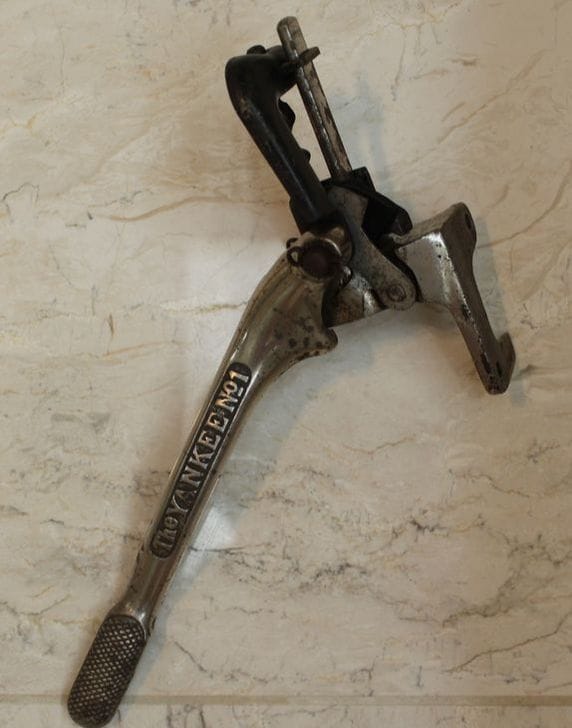
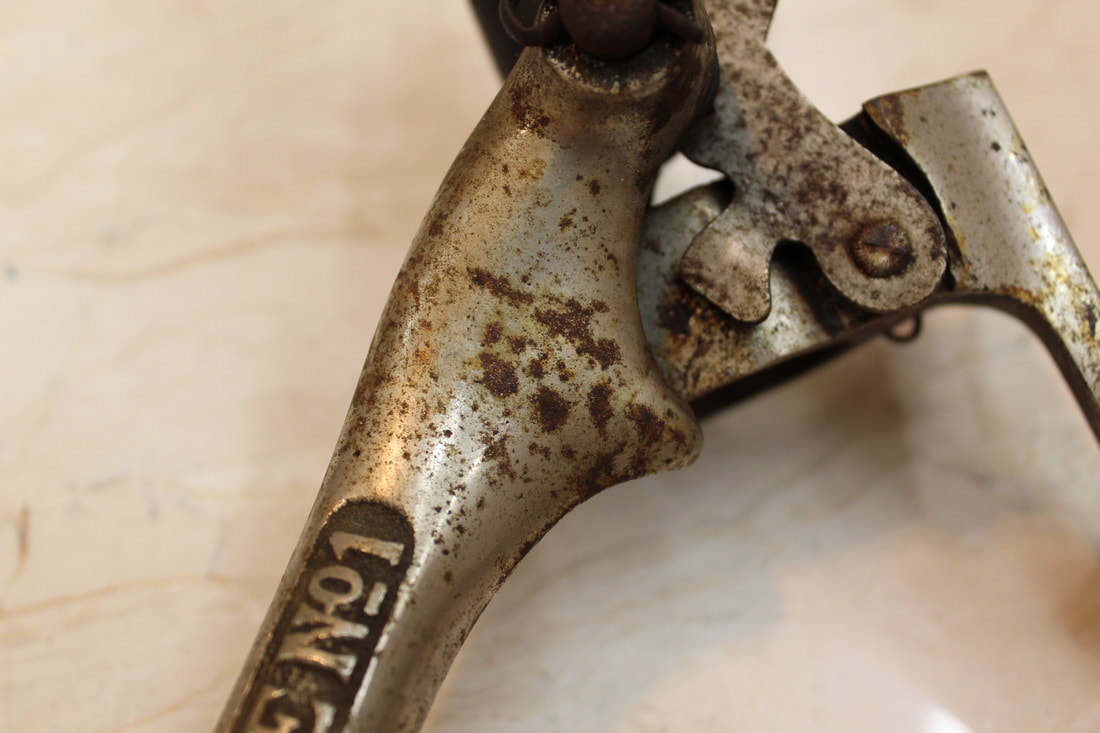
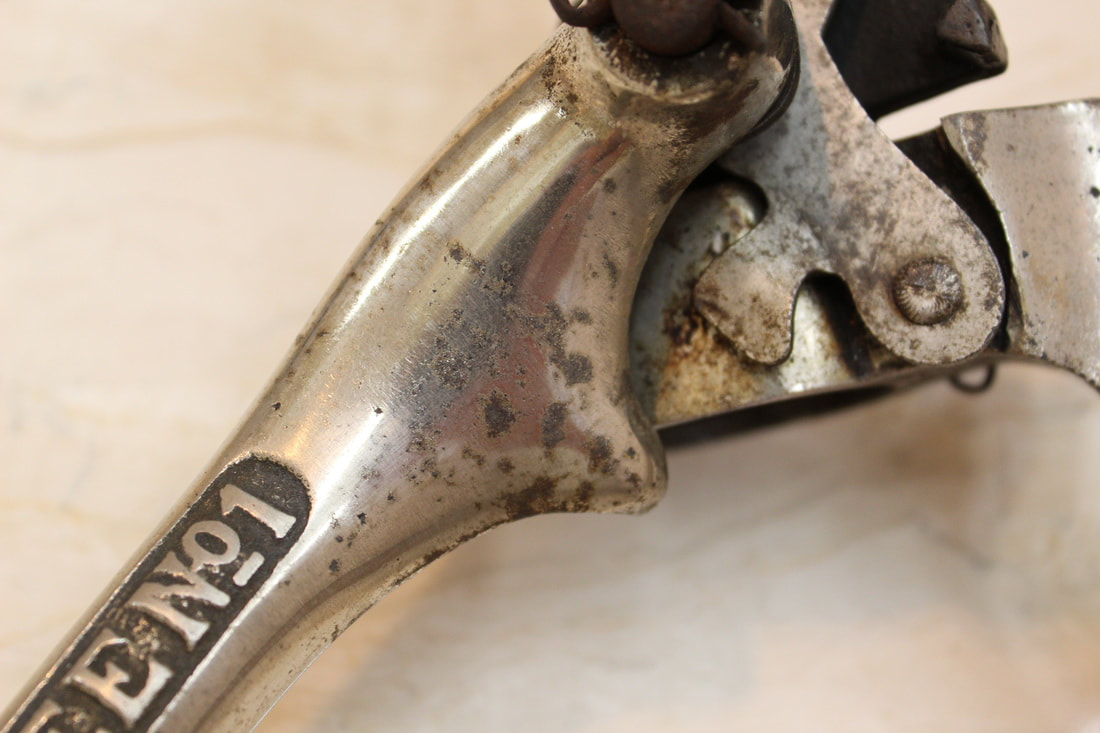
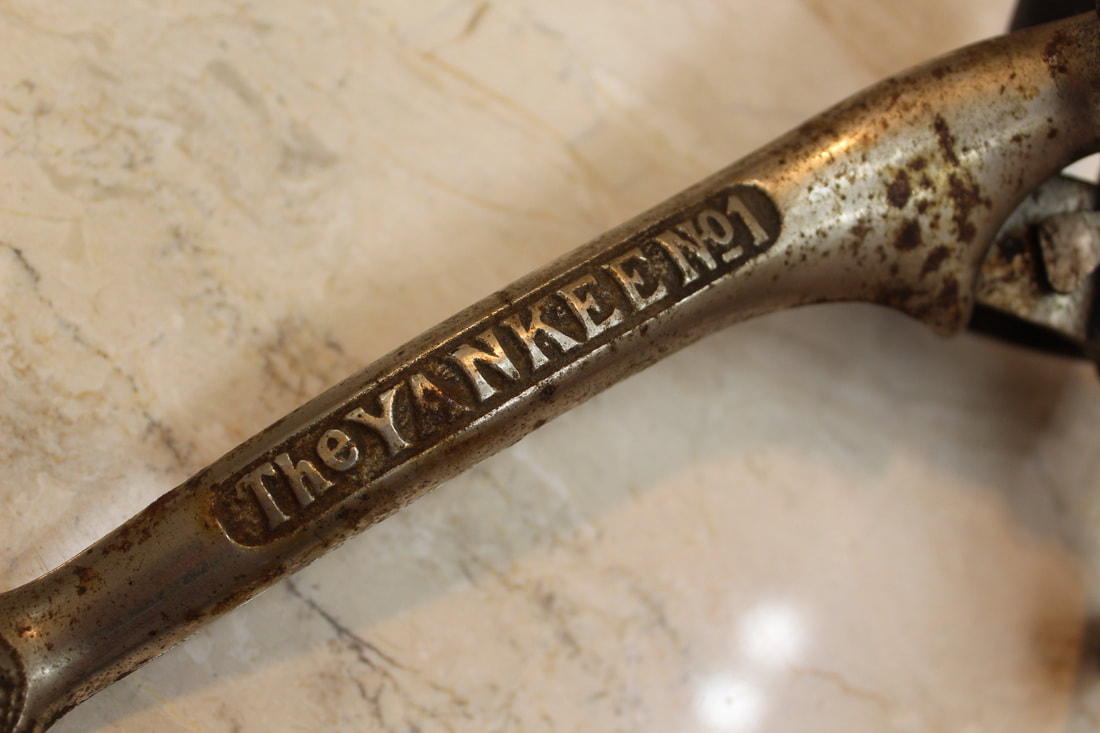
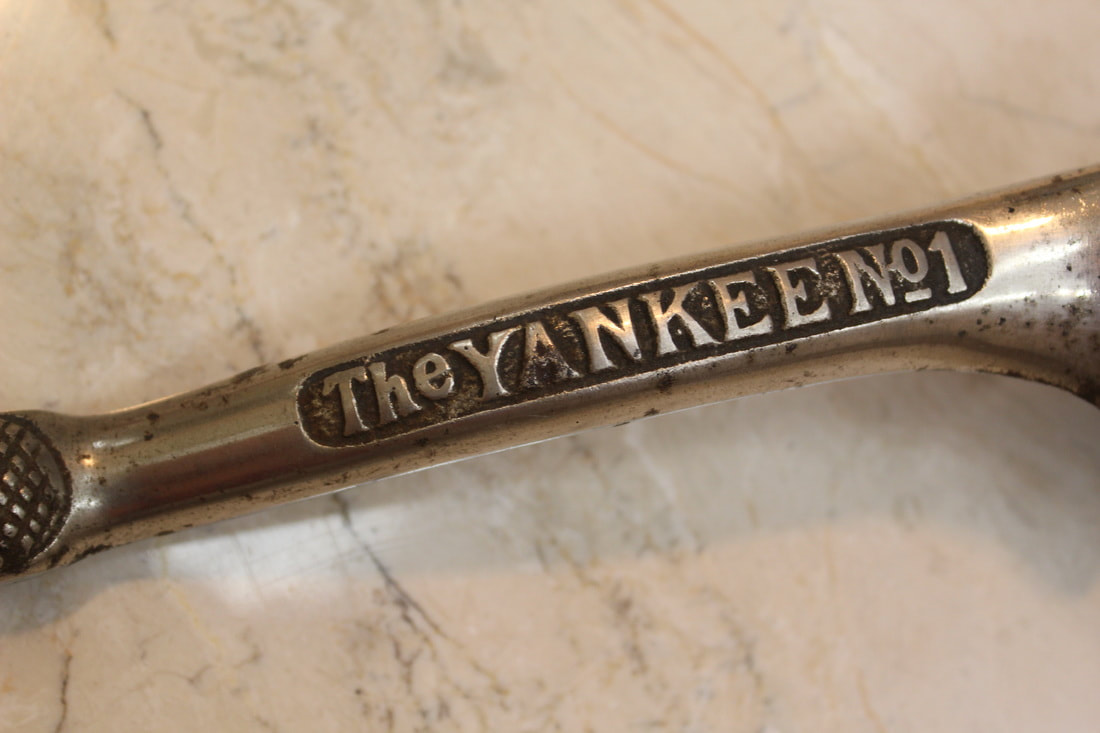
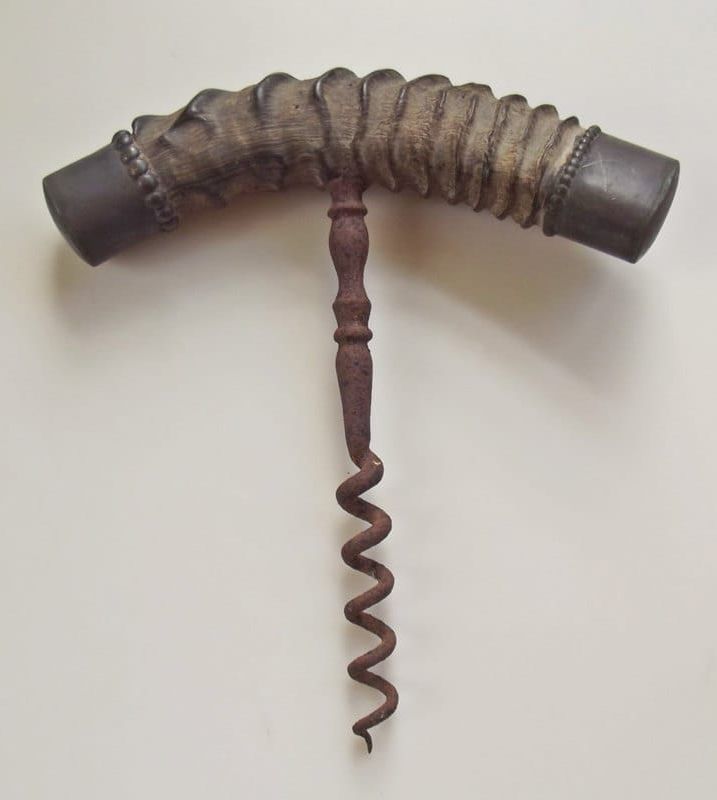
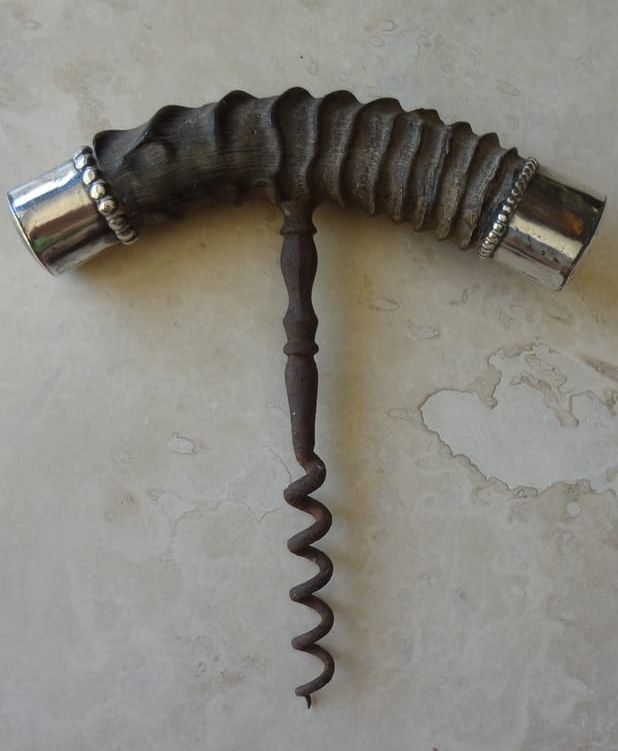
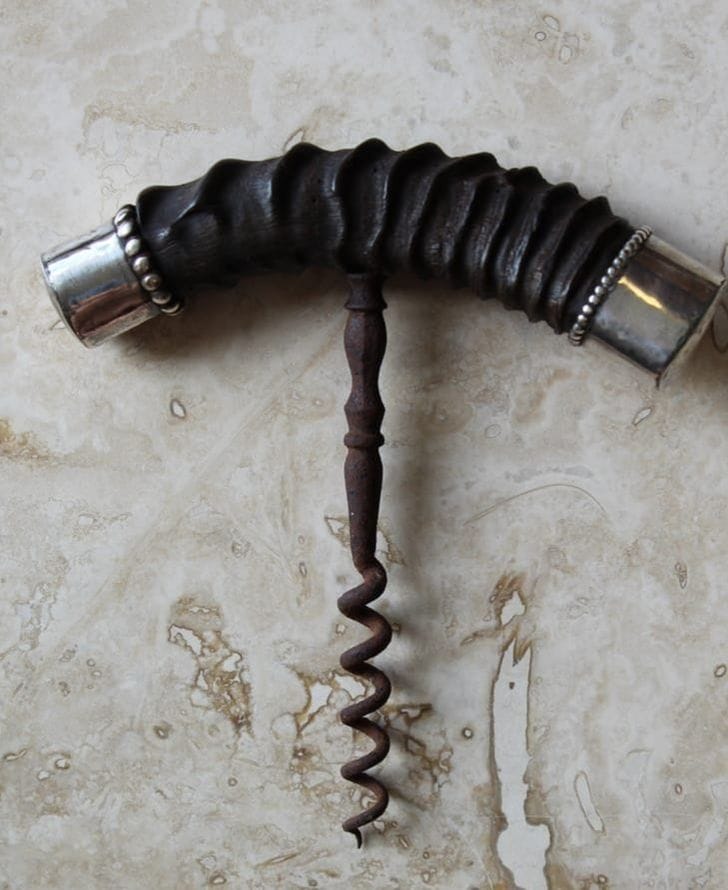
 RSS Feed
RSS Feed